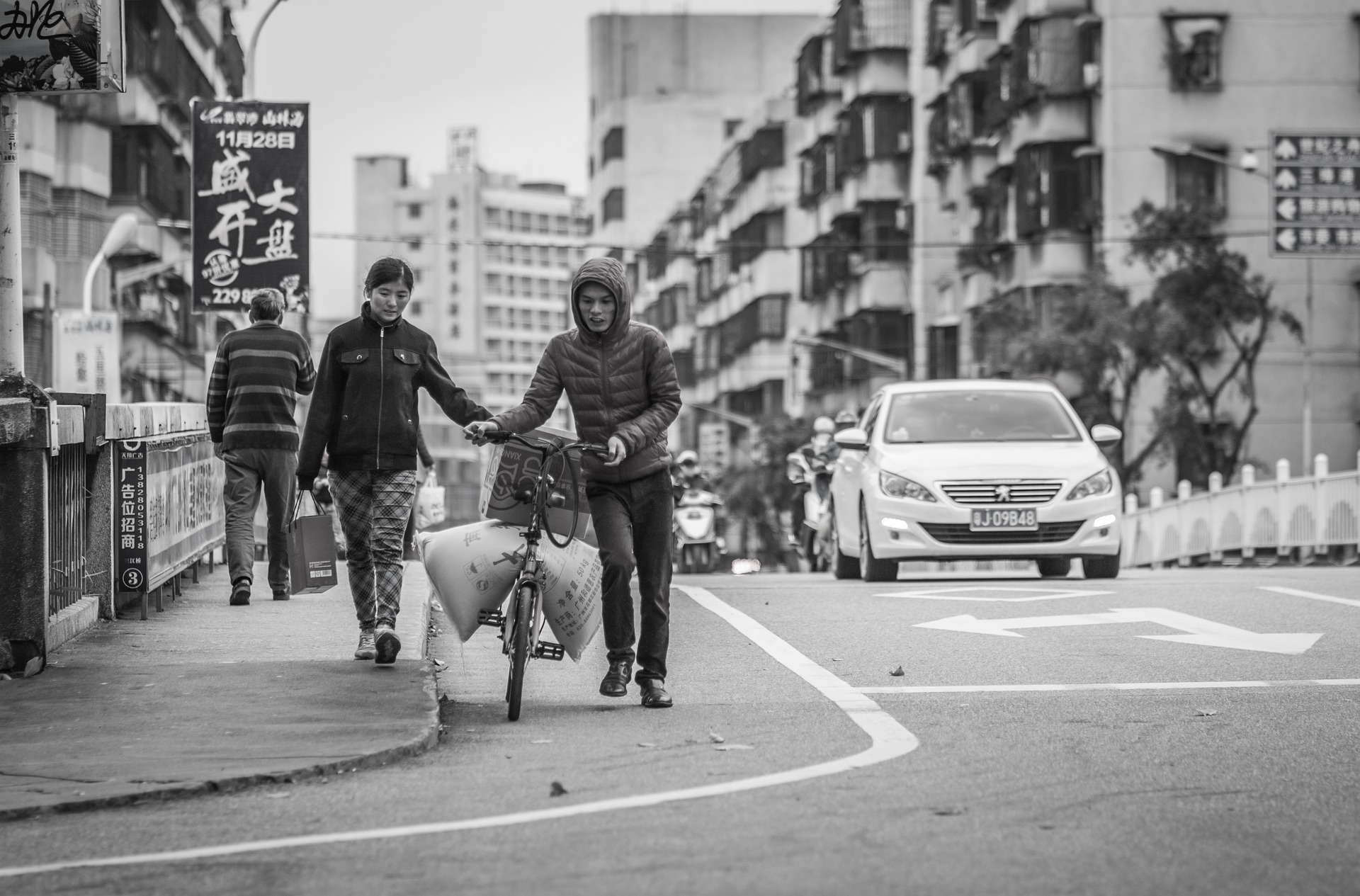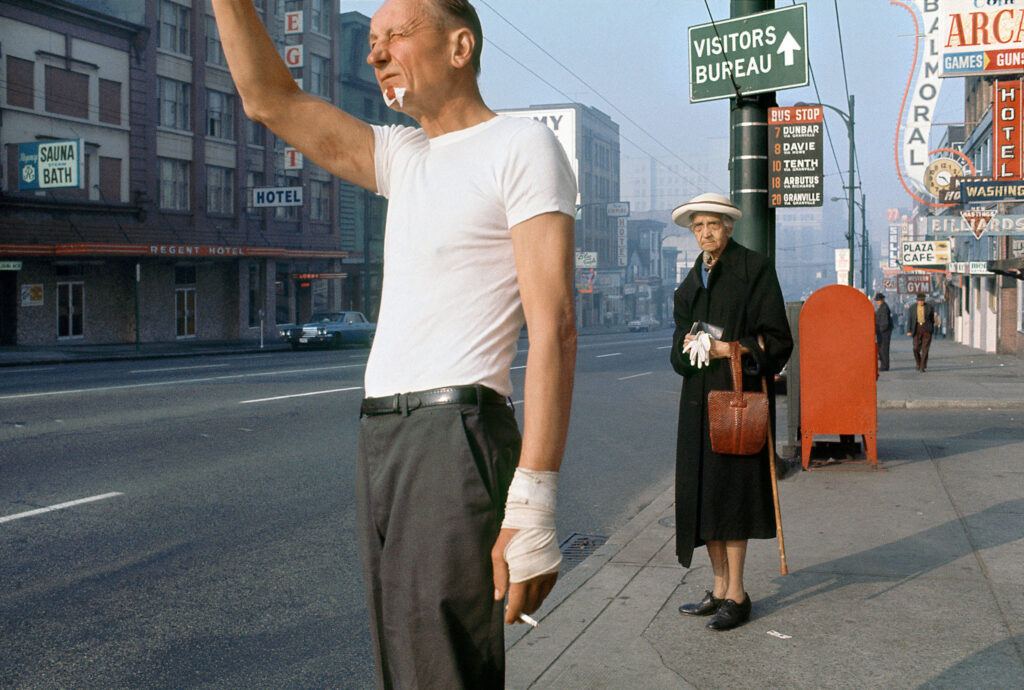Some Known Details About Street Photographers
Some Known Details About Street Photographers
Blog Article
Some Known Details About Street Photographers
Table of ContentsThe 2-Minute Rule for Street PhotographersTop Guidelines Of Street PhotographersStreet Photographers for DummiesThe Best Guide To Street PhotographersThe Facts About Street Photographers Uncovered
, a style of photography that records day-to-day life in a public place. The very publicness of the setup makes it possible for the photographer to take honest images of unfamiliar people, frequently without their understanding. Street professional photographers do not necessarily have a social function in mind, but they like to isolate and catch moments which may or else go unnoticed.Though he was influenced by a lot of those that affected the street professional photographers of the 1950s and '60s, he was not primarily thinking about recording the spirit of the street. The impulse to visually record individuals in public began with 19th-century painters such as Edgar Degas, douard Manet, and Henri de Toulouse-Lautrec, who worked side by side with digital photographers trying to capture the essence of metropolitan life.
As a result of the relatively primitive technology offered to him and the lengthy exposure time needed, he struggled to capture the hustle and bustle of the Paris streets. He explore a collection of photographic approaches, trying to discover one that would enable him to capture motion without a blur, and he found some success with the calotype, patented in 1841 by William Henry Fox Talbot. While the professional photographers' subject was essentially the same, the results were significantly different, demonstrating the effect of the photographer's intent on the character of the photos he created.
Street Photographers - An Overview
Provided the great high quality of his pictures and the breadth of product, designers and artists commonly purchased Atget's prints to utilize as referral for their own job, though industrial interests were barely his main inspiration. Instead, he was driven to photograph every last remnant of the Paris he enjoyed.

Unlike his peers, Brassa made use of a larger-format Voigtlnder camera with a longer exposure time, compeling him to be much more calculated and thoughtful in his method than he may have been if utilizing a Leica. (It is thought that he may not have actually been able to manage a Leica during that time, however he did, however, make use of one in the late Check This Out 1950s to take colour photographs.) Brassa's photographs of the Paris underworld illuminated by synthetic light were a revelation, and the collection of the series that he published, (1933 ), was a major success.

Street Photographers Things To Know Before You Buy
It is as a result of this fundamental understanding of the art of picture taking that he is commonly credited with rediscovering the tool around again roughly a century since its invention. He took pictures for greater than a half century and next page affected generations of digital photographers to trust their eye and instinct in the moment.
These are the concerns I will attempt to answer: And then I'll leave you with my very own meaning of road digital photography. Yes, we do. Allow's begin with specifying what a definition is: According to it is: "The act of specifying, or of making something certain, unique, or clear".
No, definitely not. The term is both limiting and misleading. Seems like a street digital photography need to be photos of a roads ideal?! And all road digital photographers, other than for a handful of outright newbies, will completely value that a road is not the essential part to road photography, and in fact if it's a photo of a street with perhaps a few monotonous individuals not doing anything of passion, that's not road photography that's a snapshot of a road.
Street Photographers Fundamentals Explained
He makes a valid factor don't visit here you assume? Nevertheless, while I agree with him I'm unsure "candid public digital photography" will certainly catch on (although I do sort of like the term "candid digital photography") because "street photography" has been around for a long time, with many masters' names connected to it, so I believe the term is below to remain.
You can shoot at the coastline, at an event, in an alley, in a park, in a piazza, in a coffee shop, at a museum or art gallery, in a city station, at an event, on a bridge, under a bridge ...
Indicators on Street Photographers You Need To Know
Yes, I'm afraid we worried no choice! Without rules we can not have an interpretation, and without an interpretation we don't have a category, and without a category we don't have anything to specify what we do, and so we are stuck in a "regulations interpretation style" loophole! - Street Photographers

Report this page